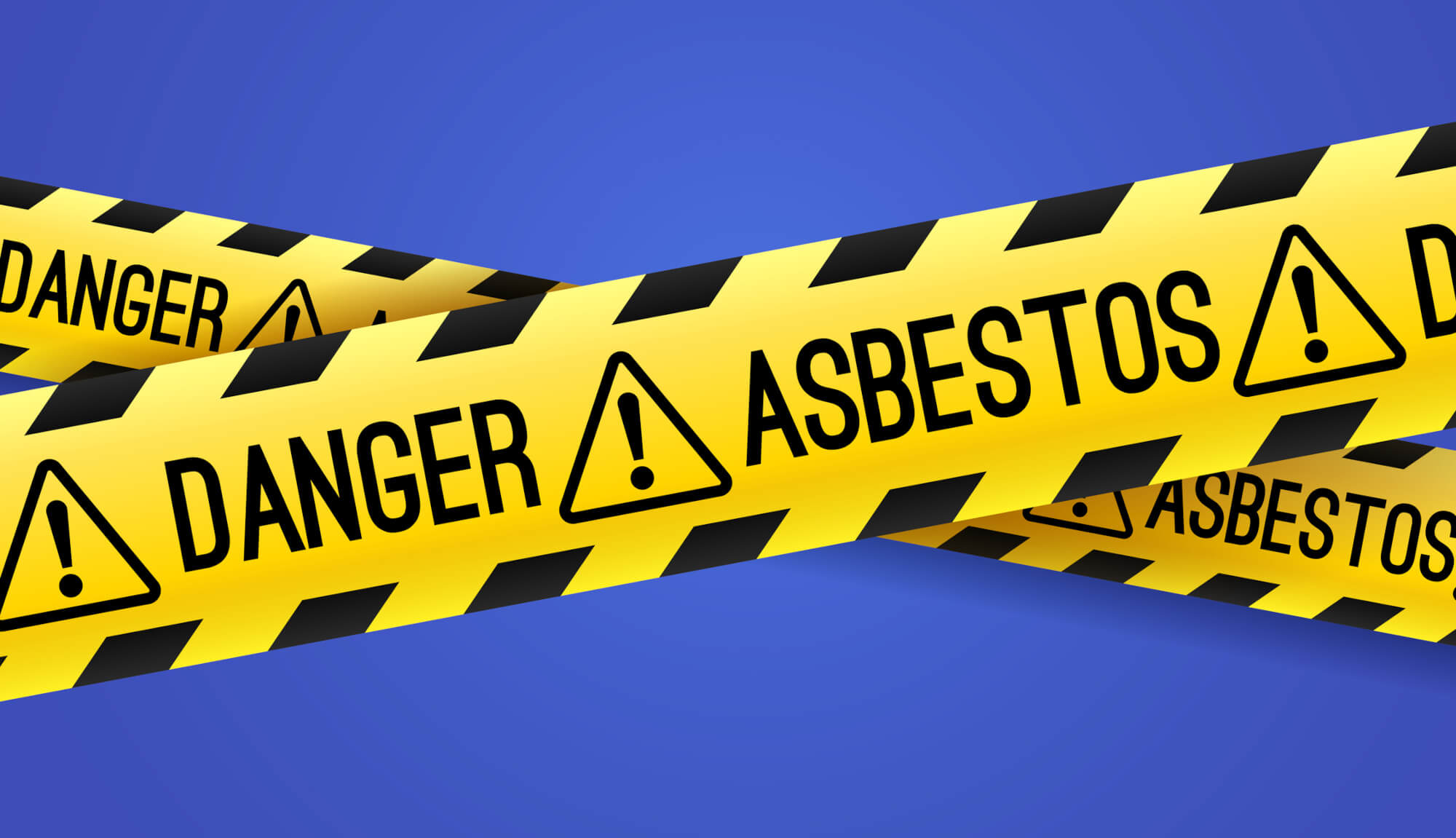The danger of asbestos in schools

A report produced by The Joint Union Asbestos Committee (JUAC), has raised alarming concerns regarding the potential fatal effects of asbestos in UK schools.
The report, produced following an investigation by eight unions, states that ‘Hundreds of thousands of students and staff, exposed to asbestos in their schools since the mid-1990s, are predicted to die from mesothelioma.’
What is Asbestos?
Asbestos is a naturally occurring mineral fibre that was once widely used in various building materials and products due to its fire-resistant and insulating properties. However, it's now known to be extremely dangerous to human health when its fibres are inhaled.
Asbestos fibres are incredibly small and lightweight which, if disturbed makes them easily airborne. Once inhaled, these fibres can get lodged deep within the lungs and remain there for years. This causes:
- Inflammation and Scarring: Over time, the body's immune system reacts to the fibres, causing inflammation and scarring in the lung tissue;
- Serious Diseases: This damage can lead to a variety of serious health problems, including:
- Asbestosis: A chronic lung disease that causes scarring and makes it difficult to breathe;
- Lung Cancer: Asbestos exposure significantly increases the risk of developing lung cancer, especially when combined with smoking;
- Mesothelioma: A rare but aggressive cancer that affects the lining of the lungs, abdomen, and heart.
- Long Latency Period: The diseases caused by asbestos exposure often take many years, even decades, to develop. This makes it difficult to link the disease to past exposure;
- No Safe Level of Exposure: There is no known safe level of exposure to asbestos. Even low levels of exposure over long periods can increase the risk of developing these diseases.
Due to these dangers, asbestos has been banned in the UK since 1999.
Use of Asbestos in School Buildings
Asbestos-containing materials were extensively used in the construction of many public buildings, including schools. As such, schools have had to conduct asbestos surveys and where found, create safe management plans. Where asbestos is not removed, the current advice on asbestos management is focussed on what is widely thought to be the safe practice, that of non-disturbance. However, this does not allow for the release of asbestos fibres as buildings naturally deteriorate.
The lack of investment in school construction has led to many schools managing problematic site deterioration, many of these are buildings containing asbestos. Although all schools with recorded asbestos on site conduct regular surveys to monitor the status, a survey is only as accurate as the time it is conducted, and herein lies the problem.
There can be no doubt regular surveillance and non-disturbance policy are useful, this at best only serves to minimise risk. This and the JUAC report has led for a national campaign launched by the Daily Mail for the creation of a national register recording every public building affected and for the safe removal of all asbestos in public buildings.
Asbestos Management Register
In terms of schools, the first requirement is easy. All schools with asbestos is present, keep an asbestos management register which is shared with the Local Authority so that information could literally be nationally collated overnight. The problem, and it is a significant problem, is the removal. It would require a national rebuilding programme on an extensive scale.
Last week, Prime Minister Sir Keir Starmer said asbestos was an ‘awful killer’, adding: ‘Whatever we need to do to reduce that risk, we absolutely need to do.’ Despite last week’s budgetary financial commitment to support schools though, there certainly isn’t enough money currently in the pot to fund a major rebuild of the schools affected.
So it is a case of ‘watch this space’ as the campaign progresses and the inevitable debates and consultations will be carried out. For now, what can schools do? Well for now it’s a case of continuing regular monitoring and making staff aware of the dangers through training.
SSS Learning Safeguarding Director
6 November 2024